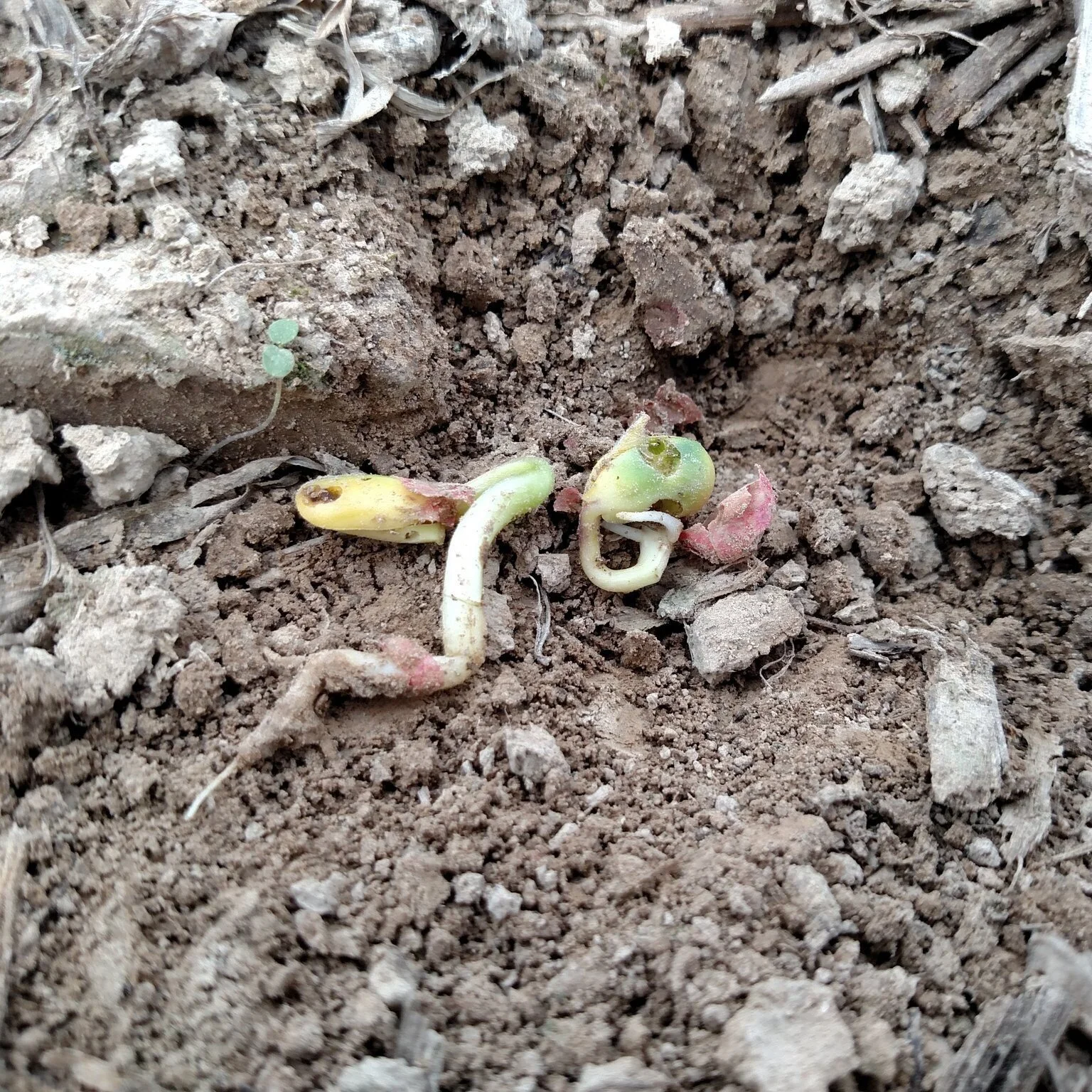Cottonseed Treatments Pay Dividends
Don’t plant naked seed, advises plant pathologist Trey Price, LSU AgCenter, Winnsboro.
Price, speaking by Zoom to the Louisiana Agricultural Technical and Management Conference in early February, said seed treatments “are very effective” in managing seedling cotton diseases. “Don’t plant cotton without it,” he said. “If you do, you are setting yourself up for disaster.
Read More
Weekly Cotton Market Review
Spot quotations were down 254 points from the previous week, according to the USDA, Agricultural Marketing Service’s Cotton and Tobacco Program. Quotations for the base quality of cotton (color 41, leaf 4, staple 34, mike 35-36 and 43-49, strength 27.0-28.9, and uniformity 81.0-81.9) in the seven designated markets averaged 81.96 cents per pound for the week ending Thursday, March 11, 2021.
Read More
WASDE Cotton: Reduced Domestic Production, Consumption, Ending Stocks
This month’s 2020/21 U.S. cotton forecasts show lower production, consumption, and ending stocks relative to last month. Production is reduced 250,000 bales to 14.7 million, based on the March 9 Cotton Ginnings report.
Read More
Effect of Cover Crop and Seed Treatment on Stand Establishment in Corn, Cotton & Soybeans
Cover crops can provide producers a variety of benefits including nutrient cycling , soil cover, nitrogen fixation and pollinator food sources. These cover crops come in many types, including grasses, legumes (mostly clovers) and brassicas (generally tillage radish and rapeseed). However, cover crops represent a “green bridge” throughout the fall and early spring that may facilitate the movement of insect pests and plant pathogens into above- and below-ground plant structures. Furthermore, cover crops may increase soil moisture and lower soil temperature compared with tilled fields at planting, resulting in more favorable conditions for seedling disease development.
Read More
March 15 Deadline Approaching for 2021 ARC and PLC Enrollment
March 15 is the deadline to enroll in the Price Loss Coverage (PLC) or Agriculture Risk Coverage (ARC) programs for 2021. Program enrollment, which farmers can do on a commodity-by-commodity basis, is required to participate in the programs this year. ARC and PLC are Title I commodity safety net programs established in the 2018 farm bill. For the 2021/22 crop year, farmers can change their coverage options from what they selected in 2019 for each of the commodities and base acres enrolled.
Read More
Louisiana Farmer-Leader Advances National Cotton Sustainability Strategy
Kellon Lee, a fourth-generation cotton farmer, is advancing sustainability both by implementing conservation practices on his own operation in Louisiana and by promoting grower involvement in sustainability initiatives nationwide.
For Lee, the sustainability conversation doesn’t end at the farm gate — it is has opened up a whole new world of possibilities and partnerships.
Read More
Weekly Cotton Market Review
Spot quotations were down 240 points from the previous week, according to the USDA, Agricultural Marketing Service’s Cotton and Tobacco Program. Quotations for the base quality of cotton (color 41, leaf 4, staple 34, mike 35-36 and 43-49, strength 27.0-28.9, and uniformity 81.0-81.9) in the seven designated markets averaged 84.50 cents per pound for the week ending Thursday, March 4, 2021.
Read More
Louisiana Farmer-Leader Advances National Cotton Sustainability Strategy
Kellon Lee, a fourth-generation cotton farmer, is advancing sustainability both by implementing conservation practices on his own operation in Louisiana and by promoting grower involvement in sustainability initiatives nationwide.
Read More
USDA Extends Application Deadline for the Quality Loss Adjustment Program
The U.S. Department of Agriculture (USDA) is extending the deadline from March 5 to April 9 for agricultural producers to apply for the Quality Loss Adjustment (QLA) Program because of recent winter storms and some clarifications to program rules. This program assists producers who suffered crop quality losses due to qualifying 2018 and 2019 natural disasters.
Read More
Bt Resistance In Cotton Worth Watching
The No.1 variety consideration for cotton growers is to choose one that performs well under specific locations and field conditions. Yield and quality pay the bills.
Entomologists encourage producers to also be aware of some of the older traits (Cry1 and Cry2) as insect resistance begins to wane.
Read More
Soil Compaction Limits Cotton Root Growth
Cotton roots do not grow well in compacted soil and likely will not produce optimum yield and quality.
“Cotton is a deep-rooted plant,” said Brenda Tubana, soil fertility professor, LSU Ag Center, Baton Rouge.
Read More
Crop Insurance Guarantees Soar
What a difference a year makes. In 2020, the spring crop insurance prices for corn, soybeans and cotton were near the lowest levels of the last decade. Now, on the back of strong export demand from China and smaller-than-anticipated old-crop inventories, crop insurance prices have experienced the largest year-over-year increase in more than a decade, helping to boost insurance protection for farmers as they prepare for the planting season.
Read More
Handling Cotton's Biggest Nutrient Problem
There's no magic bullet to pin down the potassium deficiency issue Southeast cotton growers face. The K-problem has been a moving target for several years, varying from field to field, within a single field and year to year.
Read More
Louisiana Denim Mill Strives for Sustainability
A burgeoning denim manufacturing operation, near the bank of the Mississippi in eastern Louisiana, is gradually making a name for itself producing fabric for boutique jeans brands around the U.S. Vidalia Mills is a vertical operation, using BASF’s e3 cotton as its primary raw material.
Vidalia management purchased a massive former Fruit of The Loom distribution center during the second half of 2018, converted portions of it to manufacturing operations and began producing denim in 2019. Located in the eponymous small town across the river from Natchez, Miss., Vidalia sources cotton from producers stretching from Texas to the Carolinas.
Read More
USDA to Survey Farmers' Planting Intentions for 2021
As the 2021 crop production season begins, the U.S. Department of Agriculture’s National Agricultural Statistics Service (NASS) will contact approximately 1,100 Louisiana producers to determine their plans for the upcoming growing season.
Read More















